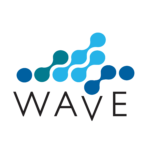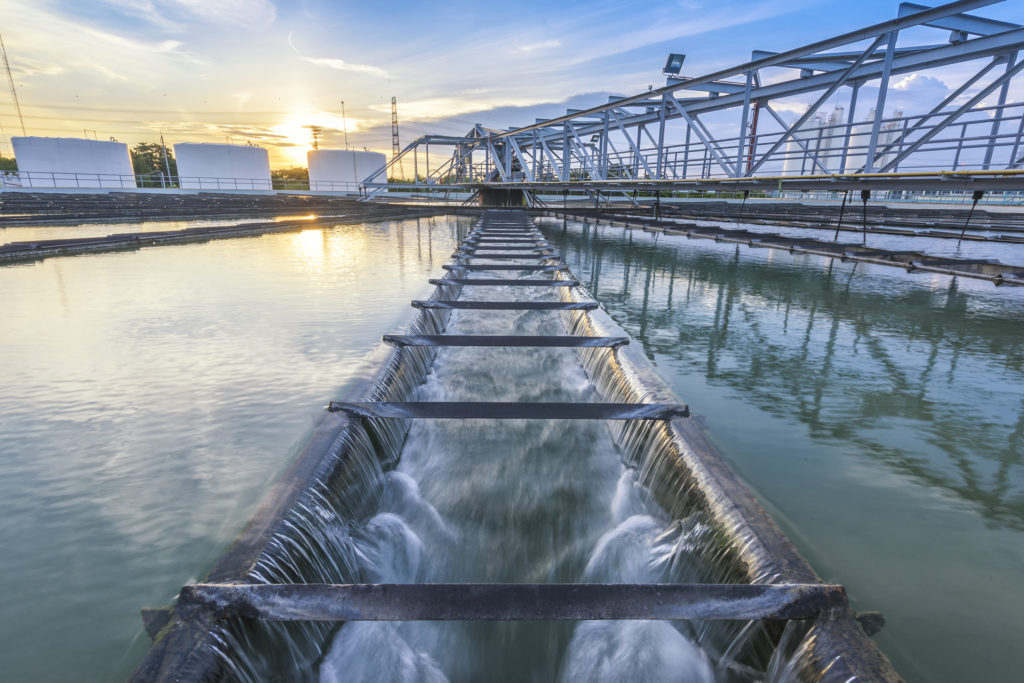How Sustainability Relates to ESG & What That Has to Do with Water
By Louis Glotfelty, Water Stewardship Intern
 People often use “sustainability” and “ESG” interchangeably despite distinct differences between the two. It’s important for companies to understand these differences for purposes of overall corporate sustainability and communication to investors, consumers and other stakeholders — so let’s break it down.
People often use “sustainability” and “ESG” interchangeably despite distinct differences between the two. It’s important for companies to understand these differences for purposes of overall corporate sustainability and communication to investors, consumers and other stakeholders — so let’s break it down.
Sustainability focuses on how a company’s processes, practices and expenditures impact people and natural resources. Sustainable practices cover everything from how materials sourcing to capital investments in energy efficiency to managing product end-of-life.
On the other hand, companies report ESG factors to investors and other financial stakeholders to demonstrate positive corporate impacts on a range of issues covering environmental, social and governance-related business practices. A company’s sustainability program should achieve a range of results worth reporting through ESG frameworks. As a metaphor, we can think of sustainability as the group project, the midterm essay or the in-class participation, whereas ESG is the report card you bring home to your parents. ESG-focused investors and ratings agencies look at these elements through the lens of financial risk and then “reward” companies based on perceived risk mitigation and the credibility of positive impacts outlined in their reports.
Companies are increasingly pressured to incorporate ESG into their business practices to help external investors and other interested stakeholders assess the company’s performance and risk. Because of this, some companies are rushing into ESG reporting without strategically assessing materiality, values and priorities. Whether it be packaging, energy, product sourcing, water, etc., companies are feeling the pressure from their investors to report on meaningful corporate action, but it’s also important that actions are substantive and provide verifiable results.
Recently, water has been in the news a lot — from flashing flooding in Kentucky, the megadrought in the western U.S. or infiltration of PFAS into drinking water supplies. Companies are realizing that water has become increasingly material to their business. Materiality describes a topic that either augments or disrupts financial conditions, operations or branding image. Something is material if it influences investors’ perceptions of a company’s enterprise value.
To determine the importance of water, companies should conduct a materiality assessment. This will analyze water’s potential impact on an organization and the importance of water to the organization’s stakeholders. It also ensures a strategic throughline on water (and other sustainability issues) from the C-suite to the shop floor.
 Companies new to water as a material issue could struggle to operationalize their ambition and focus resources on the highest-priority actions. This is where The Water Council’s WAVE: Water Stewardship Verified comes into play. Once a company determines that water is material to its enterprise, it needs to find a credible way to assess impacts, uses and risks. WAVE does just that, providing a framework for companies to develop a credible water strategy and establishing a process that can lead to setting meaningful targets and goals. It also lays out a road map to achieve better water practices.
Companies new to water as a material issue could struggle to operationalize their ambition and focus resources on the highest-priority actions. This is where The Water Council’s WAVE: Water Stewardship Verified comes into play. Once a company determines that water is material to its enterprise, it needs to find a credible way to assess impacts, uses and risks. WAVE does just that, providing a framework for companies to develop a credible water strategy and establishing a process that can lead to setting meaningful targets and goals. It also lays out a road map to achieve better water practices.
Upon completion of the WAVE program, companies are required to seek independent verification. Independent verification demonstrates to stakeholders that your company has undergone an enterprise-wide comprehensive examination of water impacts and that you have prioritized areas facing greatest water risk. In addition to credibly conveying to stakeholders that you have followed water-related assessment best practices, WAVE also provides the platform on which companies can build a water strategy and set contextual targets (or update current strategies and targets).
The WAVE program benefits companies beyond an internal understanding of their water uses, impacts and associated risks. Outcomes of the WAVE program such as water-related metrics and priority actions may also be reported within ESG frameworks. The program’s independent verification provides additional assurance to investors and other stakeholders of the accuracy and credibility of those outcomes. In essence, WAVE is the bridge that connects sustainability to reliable ESG reporting and provides companies with a solid platform from which to launch a new or revised water strategy.
To learn more about WAVE and the value it can bring to your organization, check out the FAQ page. For more on water stewardship, check out The Water Council’s new Corporate Water Stewardship website. Lastly, if you’d like to connect your company with The Water Council network, consider becoming a Water Champion to support our mission of driving freshwater innovation and advancing water stewardship.
